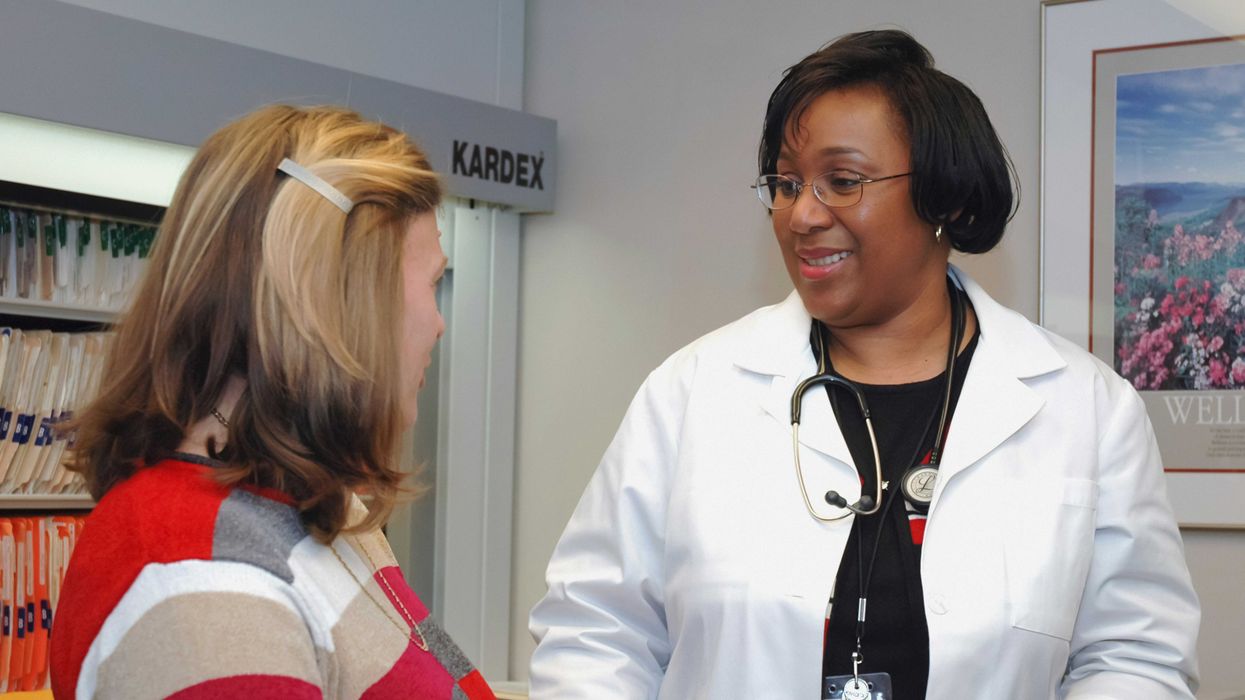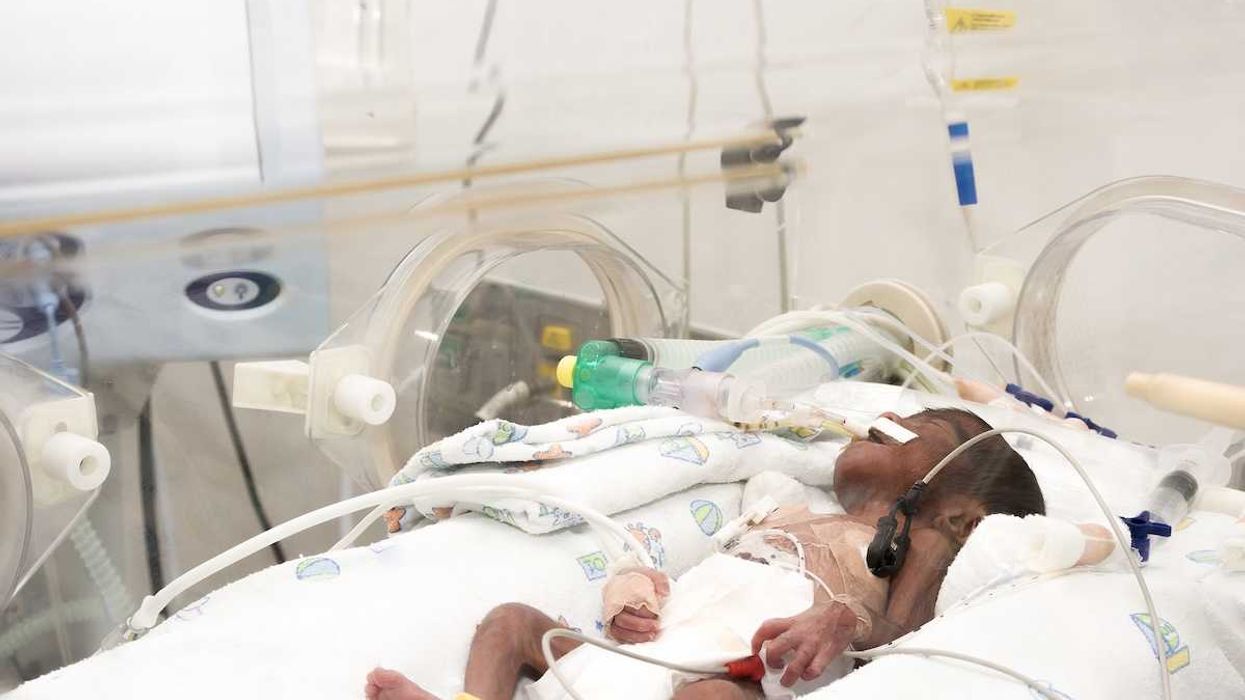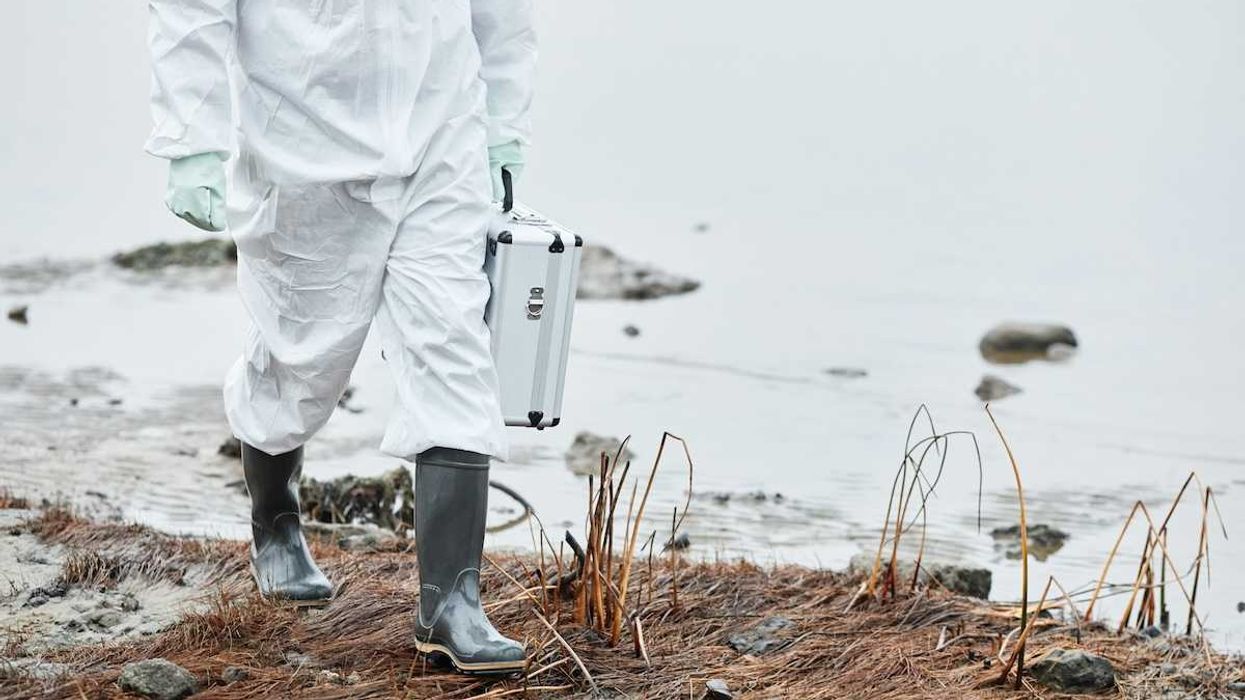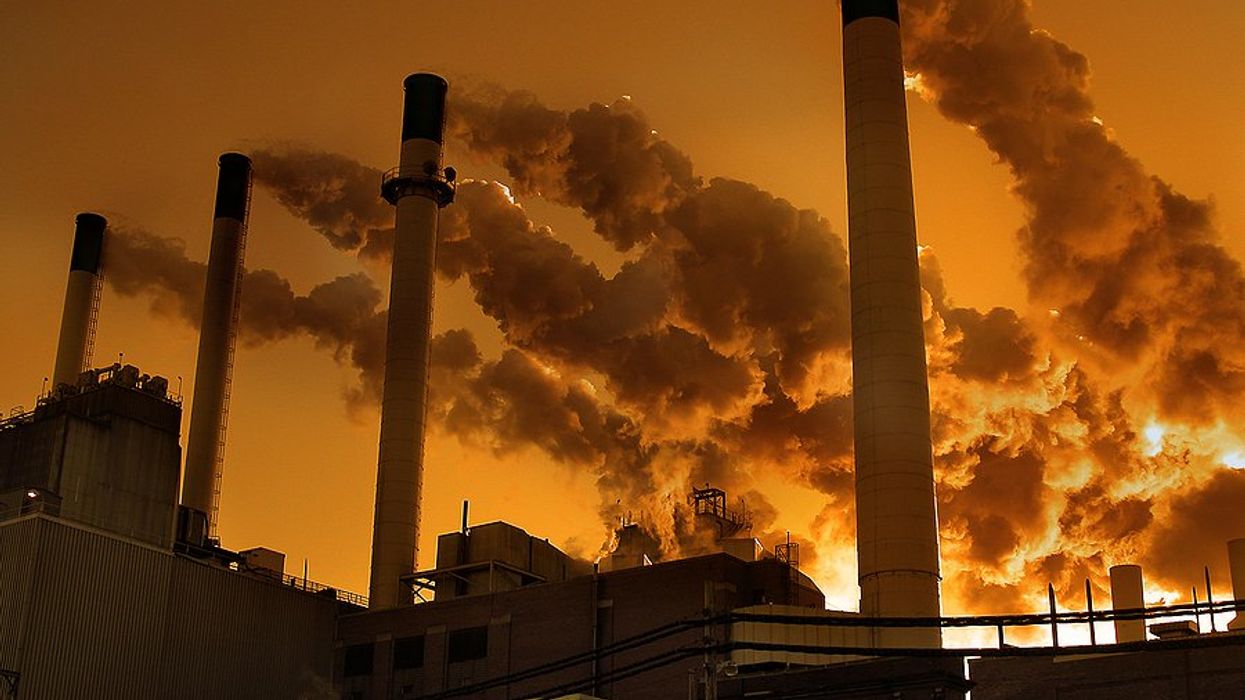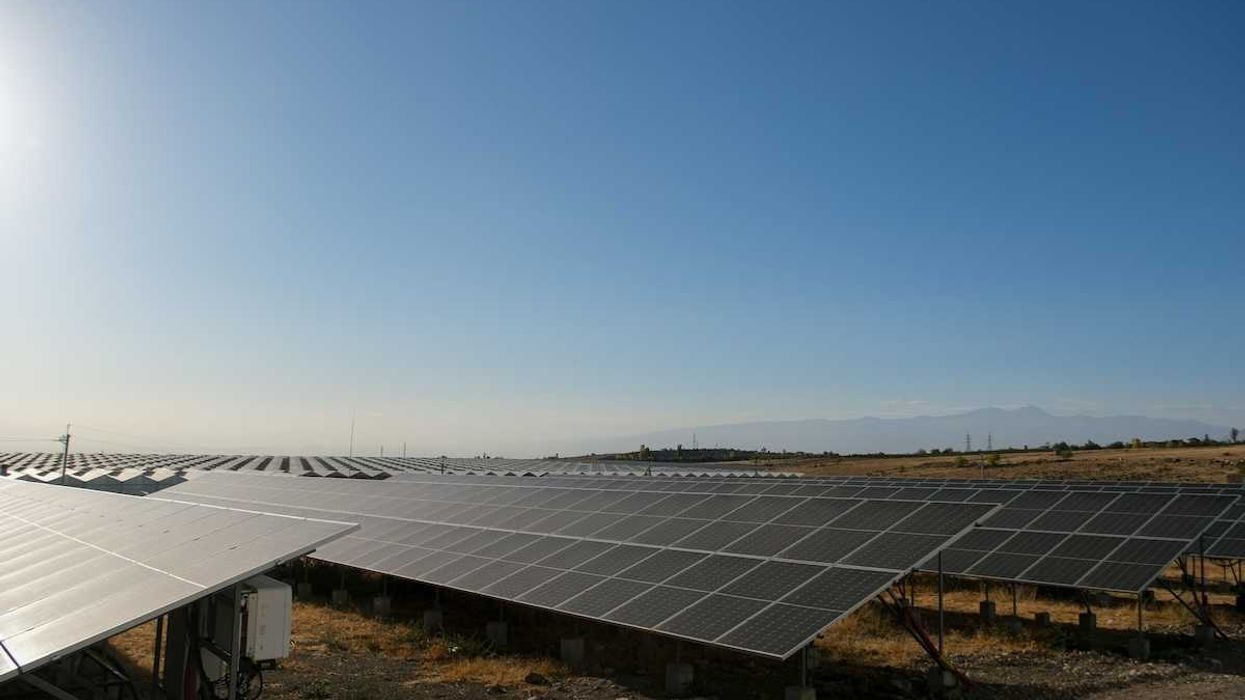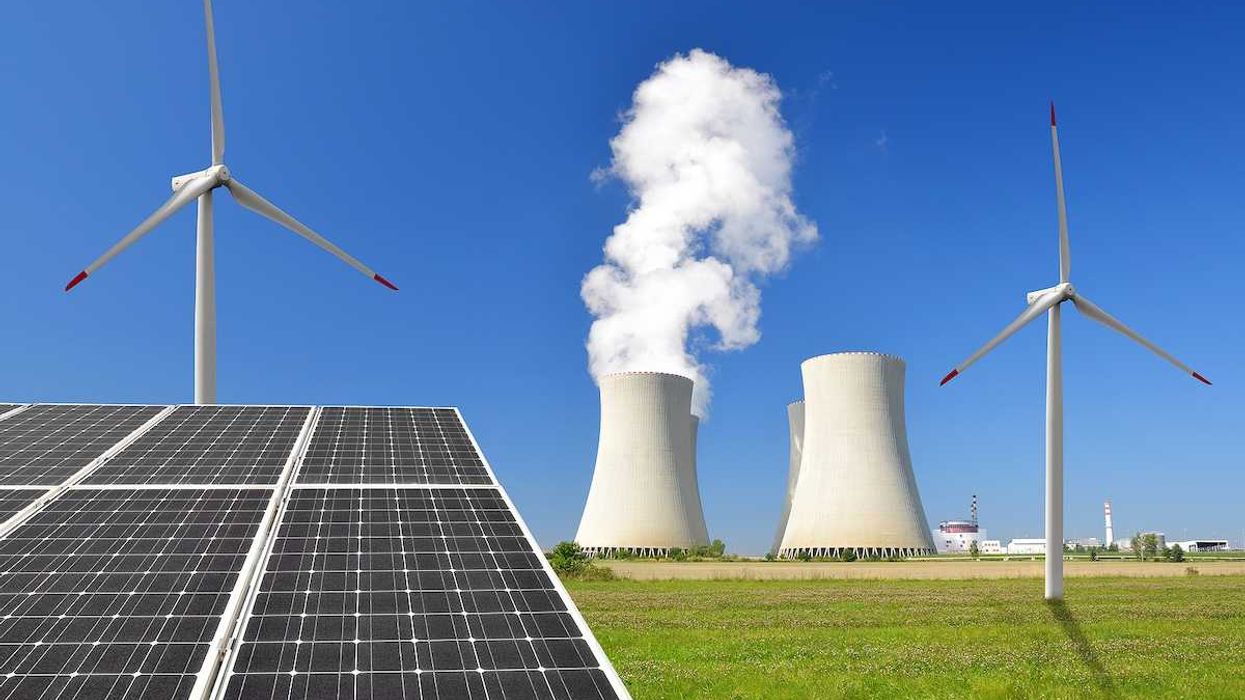Editor's Note: This is story is part of our ongoing series on cancer and air pollution in Southwestern Pennsylvania.
PITTSBURGH — Around one in three Americans gets a cancer diagnosis during their lifetime. Almost everyone knows at least one person who's been touched by the disease. In Pittsburgh, most people know more than one.
"Over the course of 10 years, me and my husband had four parents diagnosed with six different cancers," Wendy Myers, a therapist who lives in a Pittsburgh suburb, told EHN.
Myers has a private practice and is also director of counseling at Pittsburgh's Cancer Caring Center, a nonprofit that provides mental healthcare and emotional support services to cancer patients and survivors and their loved ones. "So I've lived this experience as both a client and as a therapist," she said.
Myers' father, who spent his career as a truck driver hauling industrial materials out of mills for U.S. Steel, survived both bladder and prostate cancer (he has since passed away of old age). Myers' mother, who'd been a stay-at-home parent, died from colon and uterine cancer. Her mother-in-law, who she described as an energetic and health-conscious nurse, died of leiomyosarcoma, a rare cancer that affects the body's soft tissue.
The only parent still living is Myers' father-in-law, who also worked for U.S. Steel, but on the corporate side—and he has survived both prostate cancer and melanoma.
"We miss them always," Myers said. "At my house I have a room of family photos, and one whole wall is dedicated to the people we've lost. I look at their pictures every day."

Myers has worked with cancer patients and their loved ones for more than 25 years. These days, she said, it's not uncommon to encounter patients with family stories like her own, or patients who've been diagnosed with three or four different cancers throughout their lives.
"A lot of my patients are just depleted emotionally and physically," Myers said. "And they're often angry. I felt the same way... I understand that feeling of, Why would this happen again and again?"
Pennsylvania has the third highest cancer incidence rate of all U.S. states, behind only Kentucky and Delaware, according to the U.S. Centers for Disease Control and Prevention. Approximately half of all Pennsylvanians will be diagnosed with cancer at some point in their lifetime, and about one in five Pennsylvanians will die of cancer, according to the Pennsylvania Department of Health.
Allegheny County, which encompasses Pittsburgh, has significantly higher incidence of several types of cancer than expected based on national averages, including lung cancer, colon cancer, breast cancer, bladder cancer and non-Hodgkin lymphoma. And in 2013, a groundbreaking report from the University of Pittsburgh's School of Public Health put Allegheny County in the top 2 percent of all U.S. counties for risk of cancer caused by air pollution.
Cancer survival rates are increasing with new medical advances. But while a network of organizations like Myers' has emerged to expand support beyond medical care, some experts believe the U.S. is lagging behind in another critical part of the fight against cancer: Prevention.
This lack of focus on prevention is particularly troublesome in industrial cities like Pittsburgh— especially when it comes to reducing our exposure to widespread cancer-causing chemicals.
One of those concerned experts is Polly Hoppin, a researcher at the University of Massachusetts who previously served as senior advisor at the U.S. Department of Health and Human Services and the Environmental Protection Agency. Hoppin is also a leader of the Cancer Free Economy Network, a new national initiative aimed at reducing the burden of cancer by shifting the economy away from the widespread use of carcinogenic chemicals and toward safe alternatives.
"There are a lot of resources and political power being put into the important priorities of cancer treatment and related research," Hoppin told EHN. "But when it comes to prevention, addressing the many causes of cancer we're exposed to in the environment is something that's still largely being left on the sidelines."
What carcinogens are Pittsburghers exposed to?

U.S. Steel's Clairton Coke Works. (Credit: Mark Dixon/flickr)
The U.S. Department of Health and Human Services has identified more than 60 substances as known human carcinogens, and many more as "reasonably anticipated to be human carcinogens."
We're exposed to carcinogens in three ways: We consume them in food, absorb them through our skin, and inhale them in the air we breathe.
When it comes to our stomachs and skin, we can control some exposure. We can eat organic foods to avoid exposure to carcinogenic pesticides, clean our homes with carcinogen-free cleaning products; or use skincare products and cosmetics that are free of carcinogens.
When it comes to our lungs, however, avoidance becomes more difficult—we all have to breathe the same air. In Pittsburgh, that air includes multiple cancer-causing compounds—and we know where they're coming from.
In addition to being in the top 2 percent of U.S. counties for cancer risk from air pollution, Allegheny County is also in the top 1 percent for cancer risk specifically from large industrial sources. (Note that rates refer to the number of people actually diagnosed with cancer, while risk is assessed here by looking at the quantity of carcinogens pumped into our air through emissions and using statistical analysis to determine how many people are likely to get sick as a result.)
After diesel and particulate matter pollution from traffic, the carcinogens most prevalent in the region's air are formaldehyde, benzene, coke oven emissions, carbon tetrachloride, acetaldehyde, arsenic compounds, chromium compounds, 1,3-butadiene, naphthalene, and polycyclic aromatic hydrocarbons, according to the Environmental Protection Agency's National Air Toxics Assessment.
These pollutants come from a variety of sources, however, a recent report from environmental advocacy organization PennEnvironment named 10 sites that are responsible for a majority of the region's air pollution. They include U.S. Steel's coke works plant in Clairton, the McConway & Torley Foundry in Lawrenceville, and Pressure Chemical Company in the Strip District.
And the air may soon get worse: The Shell ethane cracker under construction in neighboring Beaver County is slated to release more than 84,000 pounds of additional toxics into the air once it's operational—many of them known carcinogens. The facility is one of five such plants being planned in the Appalachian basin region spanning Pennsylvania, Ohio, and West Virginia.
"If someone chooses to smoke, most of the risk will only impact them," James Fabisiak, a toxicologist at the University of Pittsburgh Graduate School of Public Health and director of the Center for Healthy Environments and Communities who led the 2013 study about the region's cancer risk related to air pollution, told EHN. "When we think about air pollution, on the other hand, the risk is smaller than smoking but that risk is now distributed over a much wider segment of the population."
He added, "That may make it seem like it's out of your control, but just because it's out of your control doesn't mean it's out of anyone's control—there are only a handful of policymakers and decision makers who can do something to reduce that risk."
"Our history is the steel industry ... But we would like to stop dying"

PGH Clean Air Rally at the Allegheny County Courthouse in March. (Credit: Mark Dixon/flickr)
Myers said she suspects working at the steel mill played a role in her father-in-law's bladder and prostate cancer.
"I definitely feel like he was exposed to toxics hauling steel in and out of there," she said. "I notice that the older population who grew up with the steel mills here tend to think about how the air quality here might have impacted them. But younger people don't seem to talk about it as much."
Last summer, EHN covered a childhood asthma epidemic linked to air pollution in Pittsburgh and asked local and state politicians how they intended to address the region's ongoing health threat from air pollution. Many acknowledged that it's historically been difficult to bring the region's industrial giants—specifically, what still remains of the steel industry—into compliance with clean air regulations because they continue to hold a tremendous amount of social and political power.
"At some point, we have to decide whether we're going to care about the few or the many," Pennsylvania State Representative Summer Lee told EHN at the time. "No one is saying that we don't want steel anymore…Our history is the steel industry. No one is crapping on that history. But we would like to stop dying."
The Allegheny County Health Department (which oversees air quality in Pittsburgh) and County Executive Rich Fitzgerald (who oversees the department) have long faced accusations of not doing enough to stop the region's biggest polluters from breaking the law. Environmental advocacy groups have sued the Health Department on numerous occasions.
The overarching complaint? Pittsburgh maintains a "pay to pollute" system that makes it easier and cheaper for industries to simply pay fines for violating clean air regulations than it would be to clean up their operations.
In recent months, though, the Health Department has stepped up enforcement. In June, for example, they fined U.S. Steel's Clairton Coke Works plant $1 million for repeated Clean Air Act violations. Residents of Clairton and West Elizabeth, just south (and downwind) of Clairton are about 20 times more likely to develop cancer from air toxics than people in most areas surrounding Allegheny County, according to Fabisiak's analysis.
The Health Department's fine came with orders for more rigorous air monitoring and a 60-day deadline to improve compliance or face a temporary freeze on operations of the dirtiest parts of the plant that emit the most cancer-causing chemicals into the air.
But U.S. Steel has far more funds available for legal fees than the Health Department does, and they're currently arguing in court that they shouldn't have to pay the fines or clean up their operations, which has resulted in public outcry (U.S. Steel did not respond to our requests for comment).
Matt Mehalik, executive director of clean air advocacy group the Breathe Project, pointed out that "a $1 million dollar fine might sound like a lot, but it really represents only .00008 percent of US Steel's $12.2 billion in revenue last year. This would be like fining the average Pittsburgh family $6.09."
Related: Breathless — Pittsburgh's asthma epidemic and the fight to stop it
While revenue was $12.2 billion, the company's 2017 net earnings totaled $387 million.
A spokesperson for U.S. Steel has subsequently claimed that the cleanups requested could cost the company up to $400 million in a "worst case scenario."
"U.S. Steel is being very hyperbolic with the use of that number to make it sound like it's a big deal and the county is being very hard on them," Mehalik told EHN. "Even if it did cost that much, which is very unlikely, $400 million for them is the equivalent of less than $2500 for the average Pittsburgh family. That's not trivial, but it's what a Pittsburgh family might pay to replace the furnace in their house or repair their car."
While Pittsburgh's levels of industrial pollution are relatively unique, there's another major source of air toxic emissions the city has in common with most urban centers: Diesel exhaust. A study by the Allegheny County Health Department and the University of Pittsburgh's School of Public Health found that public buses are leading contributors to air pollution downtown. Efforts to replace the diesel buses with hybrids or electric buses are underway, but the process is expensive and slow-going.
The Allegheny County Health Department told EHN via email that their efforts specifically aimed at reducing cancer include the promotion of smoking cessation, obesity prevention, more regular cancer screenings, and asbestos remediation.
"Regarding environmental carcinogens," department director Karen Hacker said, "the Health Department works with multiple other government and non-profit organizations to educate the public and conduct air toxic studies."
"Genetics loads the gun but the environment pulls the trigger"

Wendy Myers with her family. (Credit: Wendy Myers)
Mehalik told EHN that not enough is being done to address cancer risk from industrial emissions in Pittsburgh because few Pittsburghers recognize how tangible the threat is.
"A lot of the cancer risk in our region is from toxic air pollution from manufacturing facilities, which we have a higher proportion of in Western Pennsylvania," Mehlik said. "We can eat right and exercise more and quit smoking, but most people have no idea how much risk is associated with the chemicals being put into the air they breathe everyday."
Hoppin, the University of Massachusetts researcher, suggested that one likely reason environmental causes are being "left on the sidelines" in many conversations about cancer is that the disease takes a long time to develop, so it's rare to know definitively that one person's cancer was caused by a specific exposure.
"But," Hoppin said, "we do know that if you reduce a population's exposure to carcinogens, you also reduce its number of cancer cases over time. Reducing environmental pollution—especially for people disproportionately exposed or susceptible—is an important opportunity for cancer prevention."
She noted that in the past, researchers and public health officials have sometimes gotten so caught up trying to quantify the amount of risk tied to specific sources of exposure that they've lost sight of the big picture. "If there are available economically viable solutions that we know will prevent new cases of cancer, why not stop arguing about ranking risks and instead move on to enacting those solutions?"
Progress on prevention has also been slowed by pervasive cultural myths about cancer, Hoppin said. Like the notion that cancer risk is all about genetics or luck ("My grandma smoked three packs a day for 40 years and never got sick..."), or the idea that "everything causes cancer" so it's pointless to worry about trying to minimize exposure.
Those myths are dangerous, Fabisiak said.
"We know that almost all diseases are the result of some interaction between genetics and the environment," he said. "Only a handful of diseases are so well-defined in your genetic code that there's nothing you can do to reduce your environmental risk, and only a handful of diseases have an entirely environmental cause."
In other words, while genetics affect how likely it is that environmental exposures will give you cancer, the environment still plays a critical role. And different exposures from different sources add up.
That's why, Fabisiak said, "the dogma of environmental scientists is that genetics loads the gun, but the environment pulls the trigger."
"Hopefully," said Myers, the cancer therapist, "we'll start taking better care of the environment so we can start taking better care of ourselves."
Editor's Note: An earlier version of this story stated that Allegheny County is in the top 3 percent of U.S. counties for cancer from air toxics. It is actually in the top 2 percent, according to the 2013 Pittsburgh Regional Environmental Threat Analysis.
- Coke plant pollution linked to “asthma epidemic” in Pittsburgh-area ... ›
- Pittsburgh scores all F's on the American Lung Association's air ... ›
- Kids in Southwestern Pennsylvania are exposed to carcinogenic coke oven emissions at shockingly higher rates than the rest of the country - EHN ›
- In polluted cities, reducing air pollution could lower cancer rates as much as eliminating smoking would - EHN ›
- LISTEN: Fighting "A New War on Cancer" - EHN ›
- Federal air monitoring investment could lower southwest Pennsylvania cancer rates - EHN ›
- Childhood cancer survivors are more likely to end up in the hospital from air pollution - EHN ›
- It’s time to talk about cancer prevention - EHN ›
- Reducing Pittsburgh pollution would cut cancer risk - EHN ›
- Clairton Coke Works fire: What are the health effects of sulfur dioxide exposure? - EHN ›
- Opinion: Cancer is not normal or inevitable.We should continue to fight it - EHN ›
- Pittsburgh’s air quality continues to decline - EHN ›
- What’s happening to EPA-funded community projects under Trump? - EHN ›




